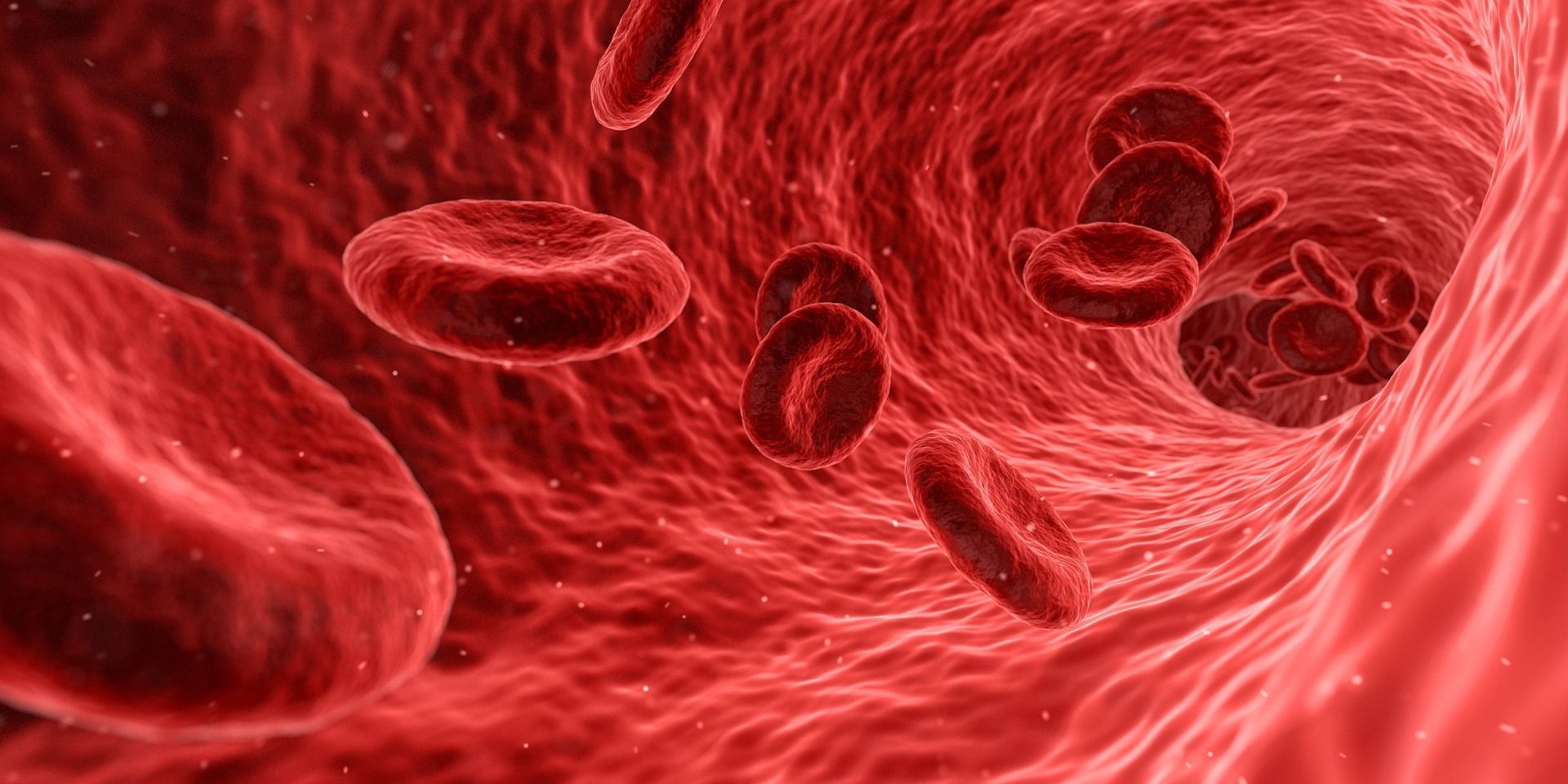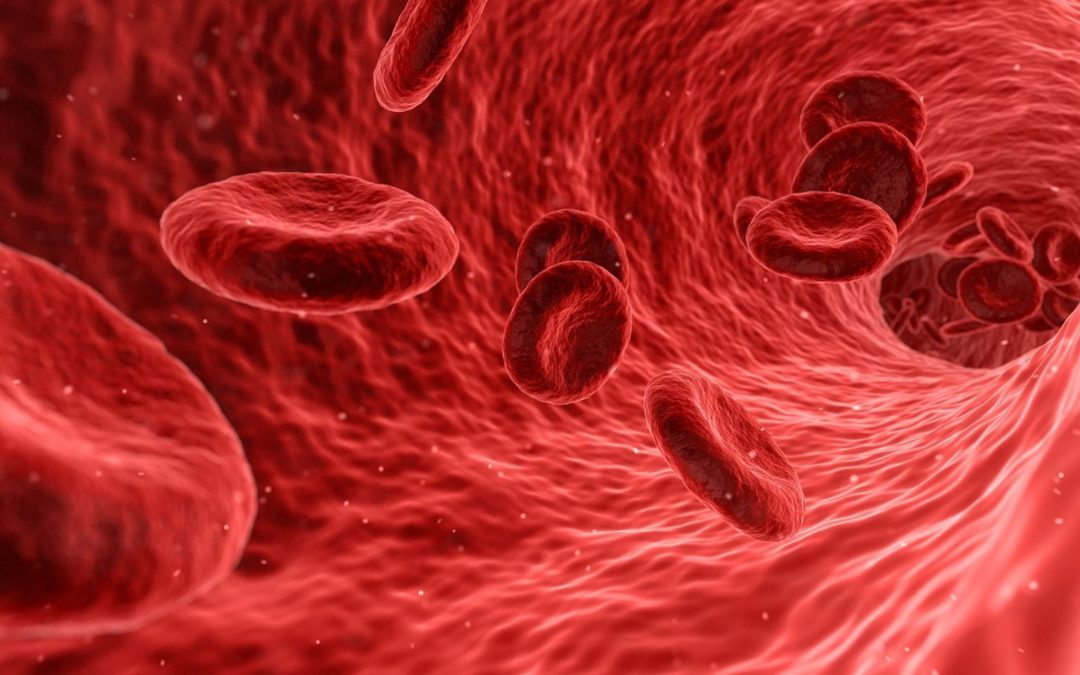
Nearly 49 million people suffer from blood poisoning, sepsis, each year, and eleven million of those people die. Sepsis is a deceptive disease where the early symptoms are similar to the symptoms of several other diseases.
The progress of sepsis can also be very fast, so it is important that doctors can make the correct diagnosis as early as possible. A sensor made of graphene can facilitate that work significantly in the future.
It is a research team from Chalmers that developed the sensor that can distinguish between different types of bacteria. It can thus show whether the patient has bacteria that cause sepsis or not.
"There are thousands of species of bacteria on the human body and most of them are actually harmless or useful to us. We must therefore be able to tell them apart and we must decide how to prepare the graphene surface with antibodies or other receptors that are selective for specific bacteria", says Santosh Pandit, researcher at Chalmers and lead author of the study, in a press release.
What makes the sensor special is that it is extremely small and sensitive. This allows it to detect the small differences that differentiate different types of bacteria. Graphene is a two-dimensional layer of carbon atoms whose structure gives a large and very sensitive surface, which makes the material very suitable for detecting bacteria.
"The carbon atoms have a sphere of electrons above and below the ultra-thin carbon layer. We attach electrodes at opposite ends of the surface and measure electrical resistance. In our new study, we show – to our own great surprise – that graphene is so sensitive that through small shifts in the electrical charge we can not only detect if there are bacteria but also to some extent distinguish between different types of bacteria on the surface", says Ivan Mijakovic Professor of Systems Biology at Chalmers and one of the researchers behind the sensor.
One of the goals of the researchers is to make the sensor so advanced that it can provide answers to whether it is sepsis much faster than day diagnostic methods.
"Hospitals are looking for a tool that is both very specific and very fast. If this technology succeeds, we could reduce the response time from hours to maybe minutes so that doctors can act faster and thus save more lives", says Ivan Mijakovic.
So far, the researchers have developed a prototype that shows that the technology works, and now they will take the next step towards getting a finished product to the hospitals.
"This is mainly a prototype to show the potential of this type of sensor. Without changing anything on the graphene surface, we can detect if bacteria are present and distinguish their small differences. This type of sensor could be useful on surfaces that must be kept completely bacteria-free, such as implants, but our prototype is primarily there to show that the technology is possible. Now we can take the concept a step further", says Santosh Pandit.





